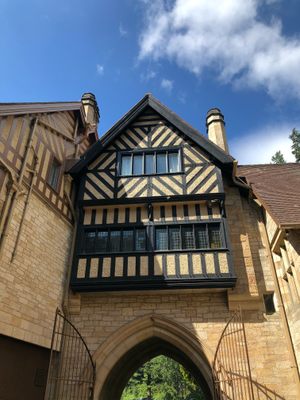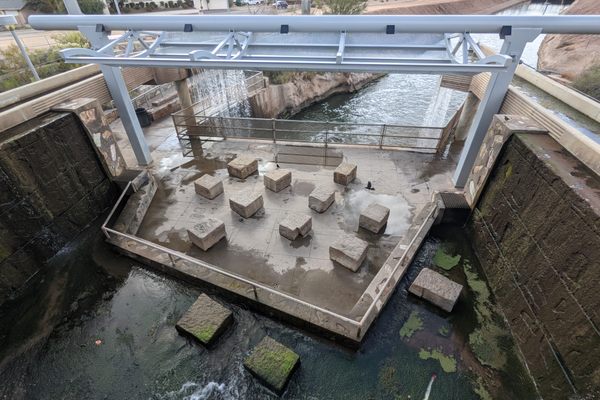About
From its inception, Cragside England's manor was a sophisticated example of Victorian engineering with a various kinds of running water able to pump directly to faucets in the house, but it was the development of the first hydroelectric set-up that put this ornate mansion on the map.
Cragside was completed in 1863 and named after the hill located behind the house. The mansion was surrounded by one of the largest gardens in Europe, with the owner (Lord Armstrong, father of modern artillery!) planting over seven million trees, and creating five lakes during his stewardship of the estate. The lush home was expanded and a scientific laboratory and an observatory were built to indulge Lord Armstrong's interests in science and engineering. He had already helped design the house to include showers and hot and cold running water, a true feat in that day, but arguably his most notable achievement at the site was the implementation of a small hydroelectric system.
Hydraulic power was already in use in a lift in the house and the hot water was used to power radiators in the house, when in 1878, Armstrong devised a way to use the water from his lake to create electricity. By running water from one of his man-made lakes through a dynamo, Armstrong provided power for an arc light in one of Cragside's ornate galleries, and in doing, created the world's first hydroelectric power plant. This would later be abandoned for more efficient modern power and incandescent bulbs, but the legacy of hydroelectricity at Cragside was far from over.
Cragside has been well-maintained down its over hundred years in existence and is now a historic site that is open to the public. The sprawling gardens are filled with pieces of art, and a wide and varied collection of fauna including a variety of rhododendron named after Lady Armstrong herself. In 2014 a large, if remarkably simple, hydroelectric device known as an "Archimedes Screw," was installed in one of the waterways, and now provides around 10% of the electricity for the site in honor of Lord Armstrong's pioneering invention of convenience.
Related Tags
Community Contributors
Added By
Published
November 25, 2014


























































